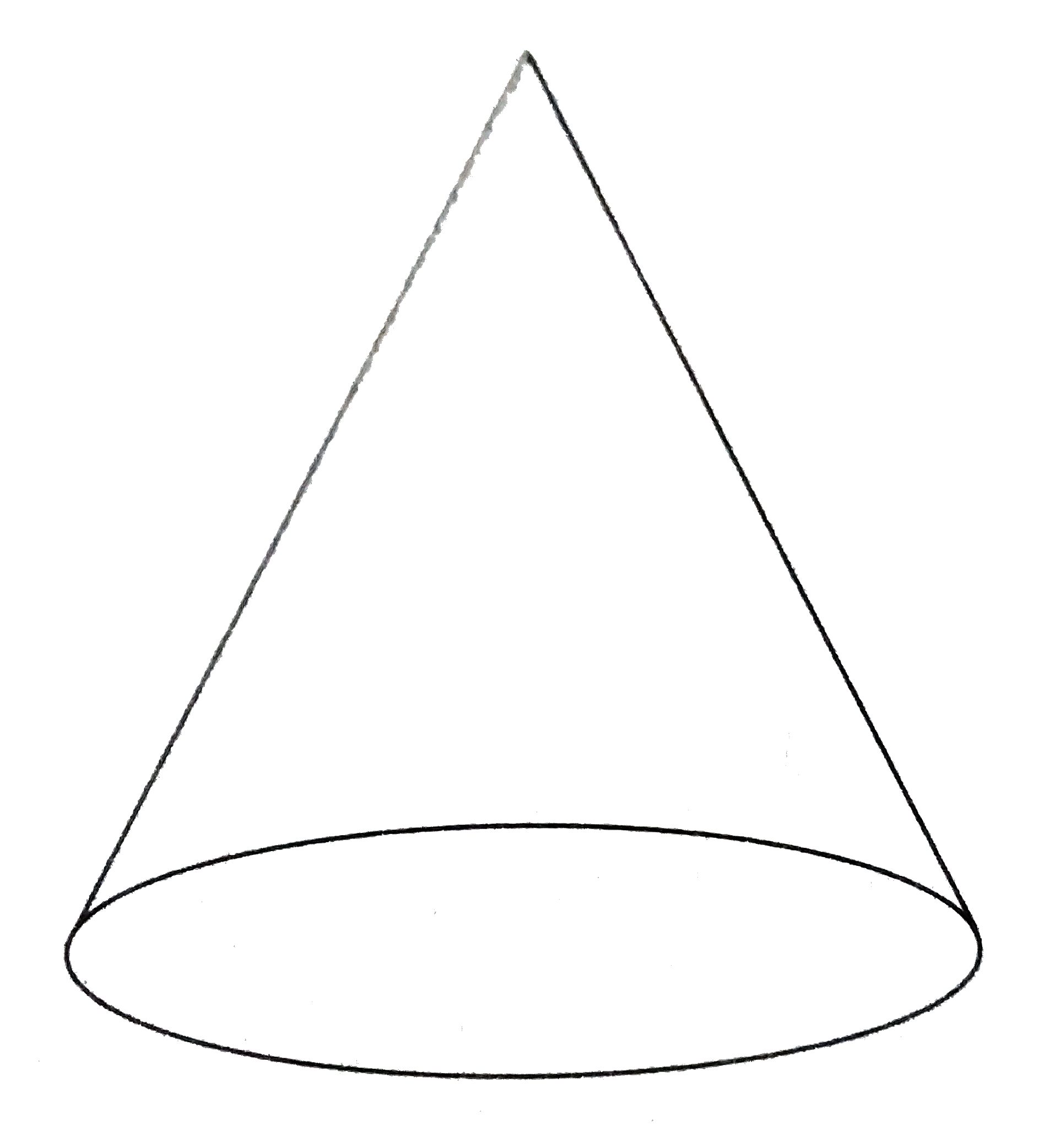11x−24y=8
kx−36y=5
In the system of equations above, k is a constant. If the system has no solutions, what is the value of k?
The correct Answer is:A, B, C
To solve the problem, we need to determine the value of k such that the system of equations has no solutions. This occurs when the lines represented by the equations are parallel, which means they have the same slope but different y-intercepts.
1. Identify the equations:
The given equations are:
11x−24y=8(1)
kx−36y=5(2)
2. Convert both equations to slope-intercept form (y = mx + b):
For equation (1):
11x−24y=8
Rearranging gives:
−24y=−11x+8
Dividing by -24:
y=1124x−824
Thus, the slope m1 of the first equation is 1124.
For equation (2):
kx−36y=5
Rearranging gives:
−36y=−kx+5
Dividing by -36:
y=k36x−536
Thus, the slope m2 of the second equation is k36.
3. Set the slopes equal for parallel lines:
Since the lines are parallel, we set the slopes equal to each other:
1124=k36
4. Cross-multiply to solve for k:
Cross-multiplying gives:
11⋅36=24⋅k
Simplifying this:
396=24k
5. Solve for k:
Dividing both sides by 24:
k=39624
Simplifying further:
k=16.5ork=332
Final Answer:
The value of k such that the system of equations has no solutions is:
16.5or332
The given equations are:
11x−24y=8(1)
kx−36y=5(2)
For equation (1):
11x−24y=8
Rearranging gives:
−24y=−11x+8
Dividing by -24:
y=1124x−824
Thus, the slope m1 of the first equation is 1124.
kx−36y=5
Rearranging gives:
−36y=−kx+5
Dividing by -36:
y=k36x−536
Thus, the slope m2 of the second equation is k36.
Since the lines are parallel, we set the slopes equal to each other:
1124=k36
Cross-multiplying gives:
11⋅36=24⋅k
Simplifying this:
396=24k
Dividing both sides by 24:
k=39624
Simplifying further:
k=16.5ork=332
The value of k such that the system of equations has no solutions is:
16.5or332
Topper's Solved these Questions
Similar Questions
The lateral area of the right circular cone is 60π. If the radius of the base is 6, what is the volume of the cone
 02:44View Solution
02:44View SolutionIf x≠±1, then x+1x−1−x−1x+1=
02:29View SolutionThe number of values of k for which the system of linear equations, (k+2)x+10y=k; kx + (k+3)y=k-1 has no solution, is
01:18View SolutionFor what value of k ,the system of equations kx-4y-8=0 and 8x-6y-12=0 has a unique solution?
01:26View SolutionFind the value of 'k' for which the system of linear equation kx+2y=5and3x+y=1 has zero solutions
03:40View SolutionFind the value of k in which the system of equations kx+2y=5and3x+y=1 has no solution ?
01:05View Solution32x−12y=7
kx−6y=4
In the system of linear equation above, is a constant. If the system has no solution, what is the value of k?01:06View Solution4x+6y=12
y=80−kx
For what value of k does the system of equation above have no solution?01:25View Solution12x−56y=5
−2x+ky=3
In the system of linear equations above, k is a constant. If the system has no solution, what is the value of k?01:32View Solution13r+4s=1
kr+6s=−5
In the system of equations above, k and s are nonzero constant. If the system has no solutions, what is the value of k?04:34View Solution3x+4y=7
kx−2y=1
For what value of k will the above system of equations have no solution?View Solutionkx−3y=4
4x−5y=7
In the system of equations above, k is a constant and x and y are variables. For what value of k will the system of equations have no solution?02:17View Solution{5x−3y=106y=kx−42
In the system of linear equations above, k represents a constant. If the system of equations has no solution, what is the value of 2k?01:45View Solutionx+7y=−10
3x−4y=k
In the system of equation above,k is a constant. IF (a,b) is the solution to the system, what is the value of a, in terms of k?02:38View SolutionFor what value of K, the system of equation Kx--4y-8=0 and 8x-6y-12=0 has a unique solution?
05:59View Solution

